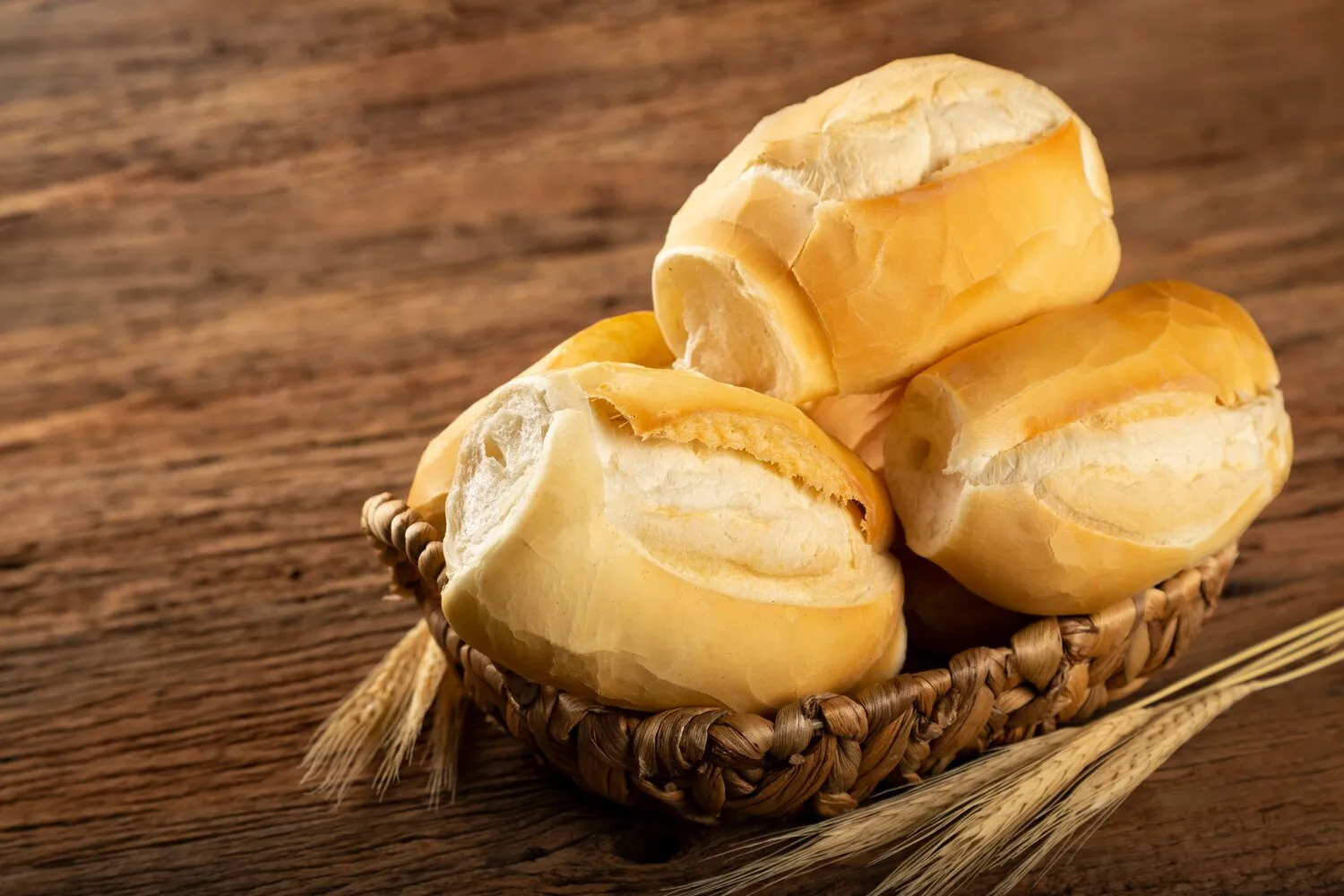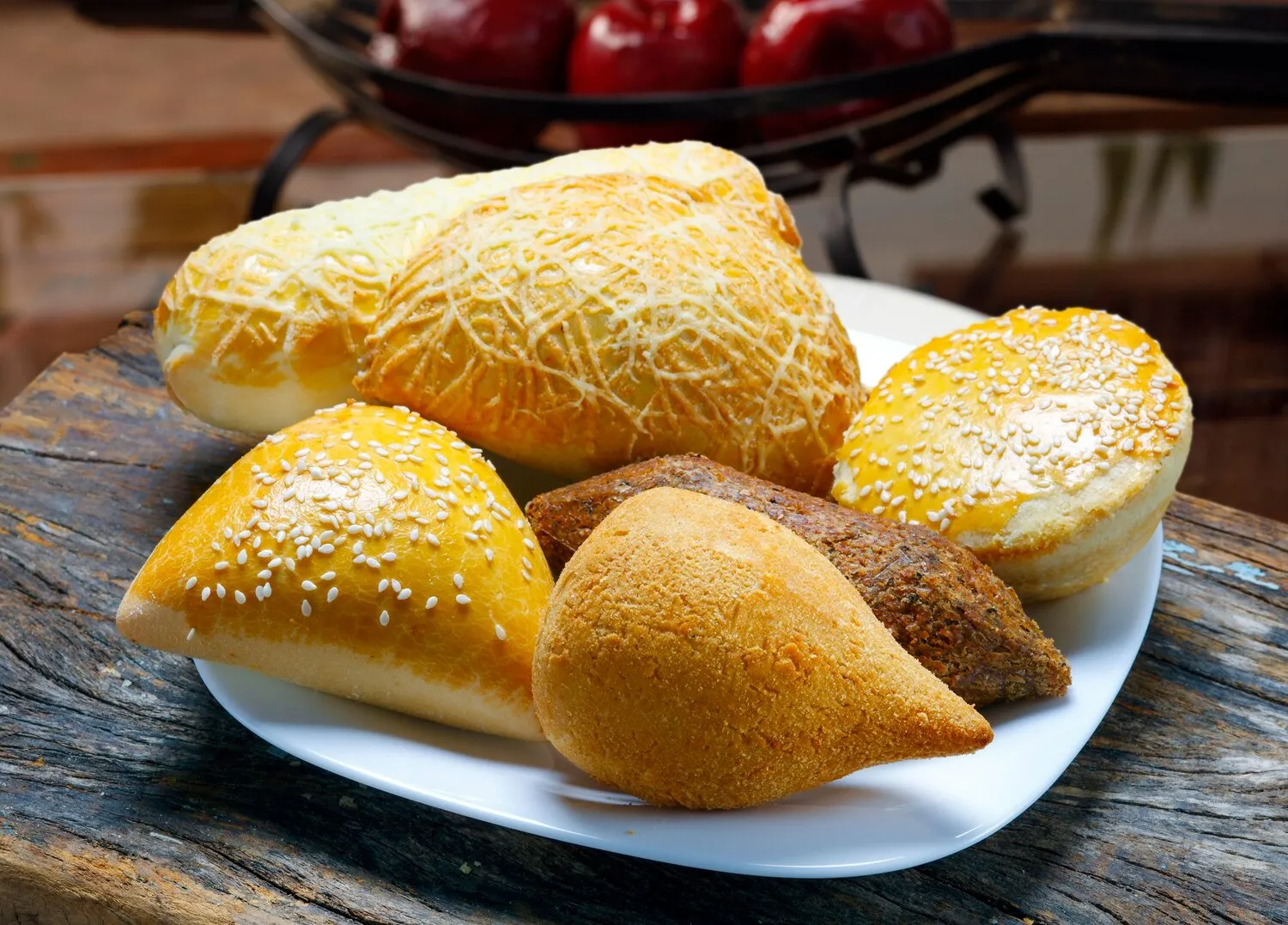
Taarten
Cakes for special occasions.
Nutrition Facts
* The % Daily Value (DV) tells you how much a nutrient in a serving of food contributes to a daily diet. 2,000 calories a day is used for general nutrition advice.
The history of 'taarten' (cakes) in the Netherlands is intertwined with the country's rich trading history and access to diverse ingredients. Early cakes were likely simple affairs, but as trade routes expanded, so did the availability of spices, fruits, and nuts, influencing the development of more elaborate cakes. Baking traditions were also heavily influenced by neighboring countries, particularly Germany and Belgium.
Cakes in the Netherlands are deeply tied to celebrations and special occasions, representing joy, togetherness, and tradition.
Birthdays
Birthdays are celebrated with elaborate 'verjaardagstaarten' (birthday cakes), often decorated with the recipient's name and age. It is customary to offer a slice to everyone who comes to visit.
Weddings
Wedding cakes, or 'bruidstaarten', are often multi-tiered and adorned with flowers and decorations. They symbolize the couple's commitment and are a centerpiece of the reception.
Sinterklaas
Around December 5th, 'speculaastaart' or 'gevulde speculaas' (filled speculaas) are popular, rich almond paste filled spice cookies often formed as a cake. Speculaas spices evoke the festive atmosphere.
Anniversaries
Anniversaries are often marked with a cake, similar to birthday cakes but with decorations reflecting the specific anniversary being celebrated.
Dutch cakes are known for their rich, buttery flavors, often complemented by spices, fruit, and creamy fillings. Almond paste and whipped cream are common elements.
Common flavors include vanilla, almond (often in the form of almond paste or marzipan), chocolate, cinnamon, and citrus. Fruit fillings might feature apples, cherries, or berries, either fresh, dried, or preserved. Buttercream and whipped cream provide richness, and speculaas spices add warmth to festive cakes. A genoise sponge cake forms the base in many 'taarten'.
Use high-quality ingredients
The flavor of Dutch cakes relies heavily on butter, eggs, and other ingredients. Opt for the best quality possible for a richer taste.
Don't overmix the batter
Overmixing can lead to a tough cake. Mix until just combined to ensure a tender crumb.
Allow the cake to cool completely
Before frosting or decorating, ensure the cake is completely cool to prevent the frosting from melting or sliding off.
Use a sharp knife for slicing
A sharp, serrated knife will help create clean slices without tearing the cake.
Explore additional Bakery dishes and restaurants
Explore BakeryDiscover top dining spots and culinary experiences in Hofstade.
Explore HofstadeLearn more about the food culture, restaurant scene, and culinary heritage of Belgium.
Explore Belgium
